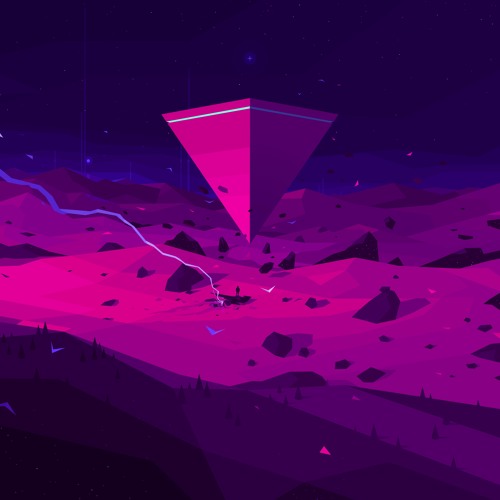https://youtu.be/mRkw7k1laGA
Cheyenne Vallier: Relief Mapping
Concept:
For this project, I ultimately decided on the concept of police brutality. I explored this concept through song first, noting a phrase of slang such as "catching strays". For those unfamiliar, the term has multiple meanings. The first being catching literal stray animals on the street to hand over for the ASPCA organization for "rehabilitation". Secondly, catching a stray can refer to stray bullets impacting an unintended person at any time. I decided to play with the multiple meanings because they are not too far apart from one another.
In my personal experience, I have seen time and time again of my people ending up dead in many instances they were trying to help. More so, children like Trayvon Martin and Jordan Edwards met an early fate at the hands of corrupt and racist individuals. On top of that, numerous black citizens are targeted to fill up jails and ultimately be locked up like animals for the rest of their life over petty crimes. This itself posed a question when working on the project: Why does America treat people, who are often targeted and over-policed, similar to stray dogs? And why is the solution to lock us away, or shoot us and call for backup while we cry out for one more breath of air?
Technique:
I created the song ASPCA a few months ago. When watching the news, I overheard my dad say something about an unarmed black male stopping a fight, and was ultimately killed by a "stray" bullet. Without thinking, I heard "stray" and made a connection right then and there. I also observed and compared outrage to this story to another about mistreatment at an animal shelter. Guess which one was national news.

Keeping this in mind, once I saw the two faces and the brain, I knew immediately what I was going to be doing. I wanted the brain to be insight on current events and thought processes as they occur. In the first scene, the brain is split into two sections and two colors. I did this by masking and playing with opacities along with syncing to the audio file. I wanted to offer a direct reference to the police/America's representation. Corrupt officers will see money and skin color before humanity. By putting the image of money into the brain, it seems as if money is the motivation when it comes to crime, when in reality it mainly stems from access to resources. On the other hand, these same people only see black people as animals with life behind bars. Also, I included the faces to both have synchronized eyes. Though the heads are faced in opposite directions ( representing Democrats and Republicans), they are both living in the country and are facing the same experiences. It is up to the brain to turn them for what they are (the truth) or to spin an agenda.
The second scene reinforces the idea of unjust assumptions. I used the background video as a more "in-your-face" method to the dynamic of American police and black people. Additionally, the dogs around the brain are Rottweilers. I chose to have this specific type of dog because they get a bad rap due to their "violent" nature. I changed their color to the American flag colors to stay on theme, and they additionally pulse at different stages of the beat. The perception, I find, is very similar to Black Americans because they are both stereotyped before any connection can be made; there is just an automatic assumption they are violent. Lastly, the inner image of the brain had the wireframing taken out because I felt the image became busy. I aimed to have anyone who does not agree to open their eyes and face the fact that these dogs suffer a similar fate; they are either leaving to go home, or buried in the yard for more to take their spot. The caged dog offers the sense of helplessness that even those racially unaware can sympathize to.
Lastly, my third scene brings back the eye on the right side. I matched up and warped the background so that the left side had an eyebrow in the form of a cop car. I did this to show how one side of the issue feels the frustration of the demonstration, whereas the other is seeing and actually living it out. The crow is flowing into the mouth of the right side, showing that the way that protestors are being treated in response to human rights may not be reported on, but they are seen and reported + posted. The brain image finally has more lines to it, as there is a disruption into the structure of the "mind" of America, but it remains in place regardless of inequality. I edited it to sync with music to give emphasis and meaning to the lyrics, along with showing that both sides have yet to agree, and probably never will.
Interpretation:
I am very pleased with this project because I could finally implement my song to something that made sense. The dual heads offered a lot of space to work on, although I aimed to keep it simplistic. I did try to make it more complex starting off, but I felt as if it took away from the overall message of the work. I did have to refresh on some concepts through YouTube, however they were simple fixes. I loved being able to experiment in a more literal way of my lyrics, and this offered me another way to add onto the concept.



















.png)
.png)
.png)
.png)
.png)













